NICOTINE LOZENGE - BUCCAL
PHONETIC PRONUNCIATION: (NICK-oh-teen)
COMMON BRAND NAME(S): Commit, Nicorette
GENERIC NAME(S): nicotine polacrilex
Uses
USES: This medication can help you quit smoking by replacing the nicotine in cigarettes. The nicotine in tobacco is an important part of cigarette addiction. When you stop smoking, your nicotine levels drop quickly. This drop can cause withdrawal symptoms such as craving tobacco, nervousness, irritability, headache, weight gain, and difficulty concentrating. Stopping smoking is hard and your chance of success is best when you are ready and have made a commitment to quit. Nicotine replacement products are part of a total stop-smoking program that includes behavior change, counseling, and support. Smoking causes lung disease, cancer, and heart disease. Stopping smoking is one of the most important things you can do to improve your health and live longer.
How to use NICOTINE LOZENGE - BUCCAL
HOW TO USE: If you are using the over-the-counter product, read all directions on the product package before using this medication. If your doctor has prescribed this medication, read the Patient Information Leaflet if provided by your pharmacist before you start using this product and each time you get a refill. If you have any questions, consult your doctor or pharmacist. Do not eat or drink anything for 15 minutes before using the lozenge and while the lozenge is in your mouth. Start this medication on your quit (smoking) day. Suck on a lozenge when you feel the urge to smoke. Place the lozenge in your mouth and allow it to slowly dissolve over 20-30 minutes. You may feel a warm, tingling sensation. Try not to swallow the dissolved medication. Do not chew or swallow the lozenge. Occasionally move the lozenge from one side of your mouth to the other with your tongue. The best dose for you is the dose that decreases the urge to smoke without side effects from too much nicotine. Your dose will need to be adjusted to your needs, including smoking history and medical condition. During the first 6 weeks, use 1 lozenge every 1-2 hours (at least 9 lozenges a day). Do not use more than 1 lozenge at a time or continuously use 1 lozenge right after another. Doing so may increase side effects such as hiccups, heartburn, and nausea. Do not use more than 5 lozenges in 6 hours or more than 20 lozenges in a day. You may use this product on a regular schedule as well as at times when you have the urge to smoke. When you have stopped smoking and you have reached the best dose and schedule for you, continue at that dose. After about 6 weeks, start using fewer lozenges each day as directed in the package or by your doctor until you are no longer smoking and no longer need nicotine replacement. It is important to complete the treatment with this medication (12 weeks). If after the treatment period, you still feel the need to use this medication to prevent you from smoking, talk to your doctor. This medication may cause withdrawal reactions, especially if it has been used regularly for a long time or in high doses. In such cases, withdrawal symptoms (such as tobacco cravings, nervousness, irritability, headache) may occur if you suddenly stop using this medication. To prevent withdrawal reactions, your doctor may reduce your dose gradually. Consult your doctor or pharmacist for more details, and report any withdrawal reactions right away. Some smokers are unsuccessful the first time they try to quit. You may need to stop using this product and try again later. Many people who cannot quit the first time are successful the next time.
Side Effects
Precautions
Interactions
Overdose
Images
Reviews
Faq for NICOTINE LOZENGE - BUCCAL
A nicotine lozenge buccal is a small, medicated lozenge that is placed in the mouth and slowly dissolved to release nicotine. It is used as a smoking cessation aid for individuals trying to quit smoking.
When the nicotine lozenge buccal is dissolved in the mouth, the nicotine is absorbed through the buccal mucosa (inner lining of the cheek) and enters the bloodstream. It helps reduce nicotine withdrawal symptoms and cravings, making it easier to quit smoking.
The frequency of use will depend on the individual's smoking habits and nicotine dependence. It is typically recommended to use a nicotine lozenge buccal every 1-2 hours while awake, and to gradually reduce the number of lozenges over time.
Some common side effects of using a nicotine lozenge buccal include nausea, indigestion, heartburn, hiccups, throat irritation, and headache. These side effects are usually mild and temporary, but if they persist or become severe, it is recommended to consult a healthcare professional.
Nicotine lozenges buccal are intended for use by individuals who smoke and are looking to quit. It is important to consult with a healthcare professional before starting any nicotine replacement therapy, as they can provide personalized advice based on your specific situation.
The duration of use will vary between individuals. It is generally recommended to use nicotine lozenges buccal for 12 weeks, but some individuals may require longer or shorter durations. It is best to follow the guidance of a healthcare professional.
It is advisable to avoid using nicotine lozenges buccal during pregnancy and breastfeeding, as nicotine can affect fetal development and be passed to the baby through breast milk. It is important to consult a healthcare professional for guidance on safer alternatives for smoking cessation.
In most cases, a prescription is not required to purchase a nicotine lozenge buccal. However, it is always recommended to consult with a healthcare professional before starting any nicotine replacement therapy.
It is generally not recommended to smoke while using a nicotine lozenge buccal, as it can lead to nicotine overdosing. Combining nicotine from both sources can increase the risk of side effects such as nausea, dizziness, and palpitations. It is best to avoid smoking completely while using nicotine replacement therapy.
Disclaimer
IMPORTANT: HOW TO USE THIS INFORMATION: This is a summary and does NOT have all possible information about this product. This information does not assure that this product is safe, effective, or appropriate for you. This information is not individual medical advice and does not substitute for the advice of your health care professional. Always ask your health care professional for complete information about this product and your specific health needs.
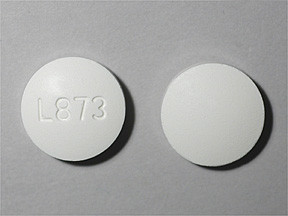
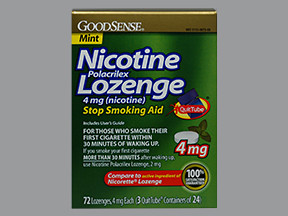
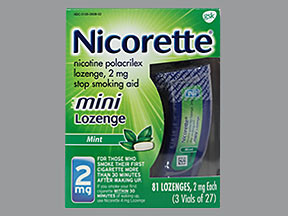

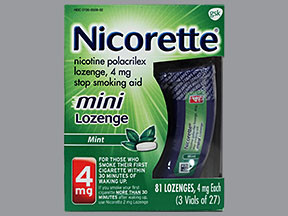
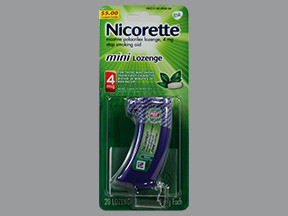
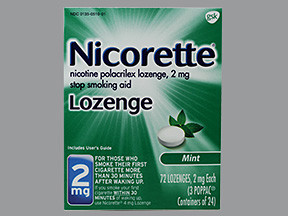
No Reviews Yet